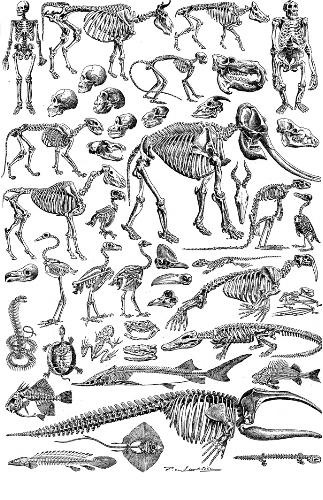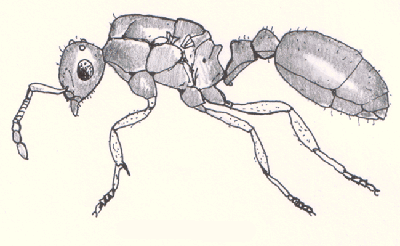





In biology, a skeleton is a rigid framework that provides protection and structure in many types of animal, particularly those of the phylum Chordata and of the superphylum Ecdysozoa. Exoskeletons are external, as is typical of many invertebrates; they enclose the soft tissues and organs of the body. Exoskeletons may undergo periodic moulting as the animal grows. Endoskeletons are internal, as is typical of many vertebrates; they are usually surrounded by skin and musculature, though they often enclose vital organs. Endoskeletons are attachment points for musculature and act as leverage for movement, and in many animals contain marrow, which produces blood cells. Skeletons may or may not be mineralized - human skeletons are calcified, while shark skeletons are cartilaginous - and may be jointed for flexibility and motility or rigid for structural strength.
The average adult human skeleton has around 206 bones.[1] These bones meet at joints, the majority of which are freely movable. The skeleton also contains cartilage for elasticity. Ligaments are strong strips of fibrous connective tissue that hold bones together at joints, thereby stabilizing the skeleton during movement.